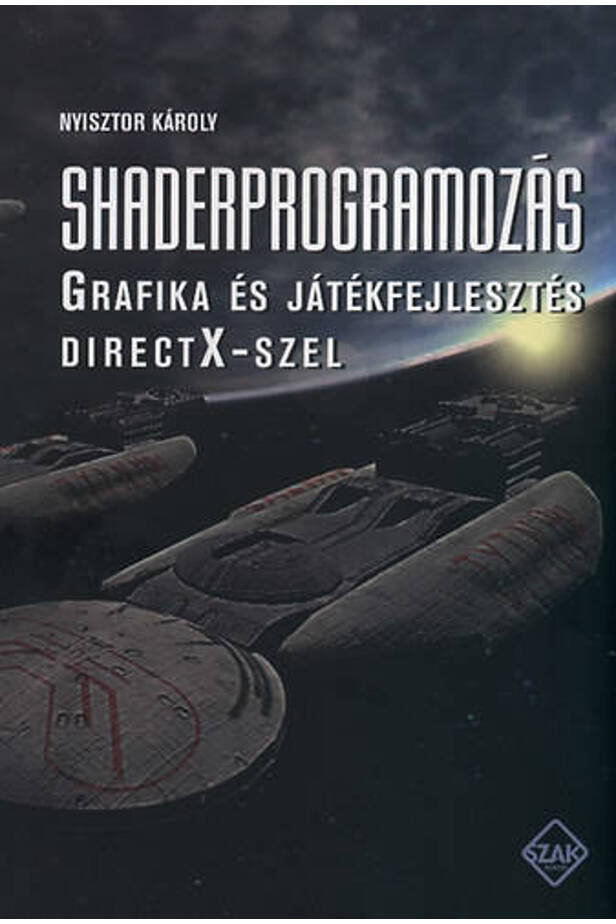Shader programming
Delivery time: 2 - 3 business days
Quantity:
HUF 5,190
Description
It’s been three years since our book, “Graphics and Game Programming with DirectX,” was published. The reception is very good, and again we thank you for the many feedbacks: nothing motivates a specialist writer more than his readers ’words of thanks. And here it is, the promised sequel! There has been a huge demand for processing a very topical topic, without which it is becoming increasingly difficult to imagine game development. These are shaders that have completely replaced the inflexible, fixed-order pipeline that has implemented control of the graphics processor through states. The latter has been completely replaced by Microsoft from DirectX version 10 upwards, and we can no longer develop an application for Microsoft's Xbox 360 console with the support of the good old "Fixed Function Pipeline". Game developers are perhaps the most creative among programmers. They have a hard time tolerating restricting their creativity. Previously, we programmed graphics chips at the port level, and with today's eyes, we brought incredible effects from the now Stone Age EGA and VGA cards. Then came the beautiful new world - Windows95 and 3D accelerators; knowledge of some framework APIs and object-orientation suddenly became more important than assembly knowledge. However, relatively quickly, everyone — gamers and developers alike — has had enough of the matte, plastic-inspired visual world coming back from games. So the change was legal. The wheel of time turned around waiting: we practically realized again that much more could be brought out of iron if we spoke his language. However, today’s developer is in a much better position, as instead of near-hardware syntax, you can start right away with one of the high-level shader languages and focus on the actual task, rather than learning the registers of the graphics processor. One of the goals of our book is to introduce the programmable graphic pipeline in the most understandable form possible. The other objective is to present further practical aspects of game development and game design. We hope that this book will be as well received as its predecessor and will contribute to the expansion of the deservedly famous Hungarian game development camp.
| publisher | Major Publisher |
|---|---|
| writer | Nyisztor Károly |
| scope | 434 |
| volume unit | oldal |
| ISBN | 9789639863095 |
| year of publication | 2009 |
| binding | soft board, glued |


